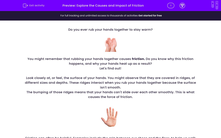Do you ever rub your hands together to stay warm?
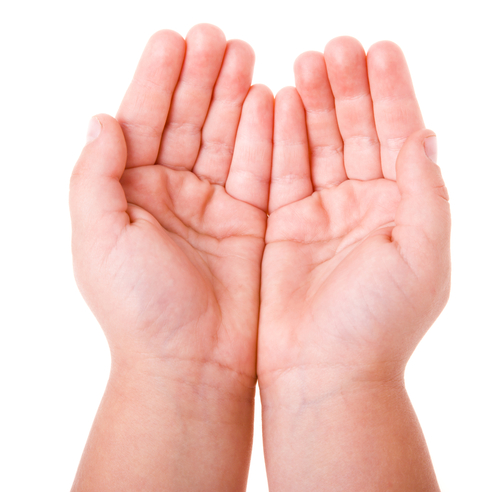
You might remember that rubbing your hands together causes friction. Do you know why this friction happens, and why your hands heat up as a result?
Let's find out!
Look closely at, or feel, the surface of your hands. You might observe that they are covered in ridges, of different sizes and depths. These ridges interact when you rub your hands together because the surface isn't smooth.
The bumping of those ridges means that your hands can't slide over each other smoothly. This is what causes the force of friction.
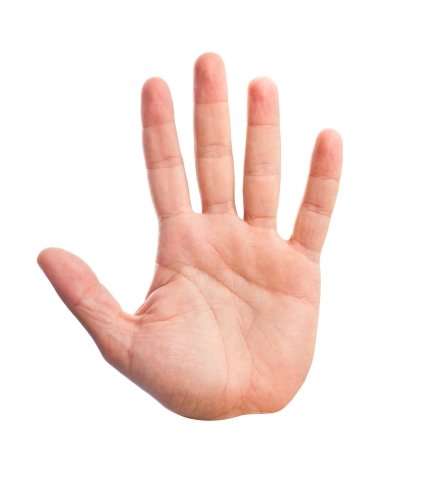
Friction can often be helpful. Examples include the grip between our shoes and the floor, to help us walk and not fall down. Friction in brake pads helps vehicles to slow down.
Friction is used to light matches. There is friction between the match head and the strip on the side of the box. The friction between the match and the box causes heat energy to be transferred. That heat energy triggers chemical reactions that can light the match.
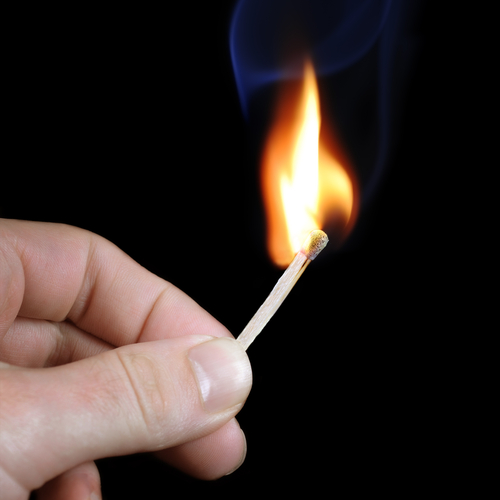
So where does this heat energy come from? Why does friction cause our hands, or matchbox strips, to heat up?
The explanation for this is linked to another important topic in physics - energy transfers. Let's discuss the energy transfers in a situation where there is friction taking place.
Imagine that you take a book, and slide it across the surface of a table. When you do this, you give the book kinetic energy (this is the energy of a moving object).
.jpg)
The book will move across the table but slow down, and eventually stop. This is because of the friction between the book and the table. But where did the energy go?
You might remember from learning about energy, that energy can't just disappear. Energy is instead transferred into different forms.
The friction between the book and the table causes the kinetic energy store of the book to decrease, and the heat energy store of the book and table to increase. The same rule can be applied to other situations involving friction.
When you rub your hands together, your hands have a store of kinetic energy. Some of that kinetic energy is transferred into heat energy in your hands, warming them up.
The transfer of energy into heat can have negative consequences in many cases. Friction in machinery can cause heat transfer, and because the heat energy isn't useful, that means the machine is less efficient because some of the energy is wasted. The frictional forces can also wear down parts, damaging them. You can see in the image below a comparison between new and old car parts, demonstrating the negative effect that friction can have.
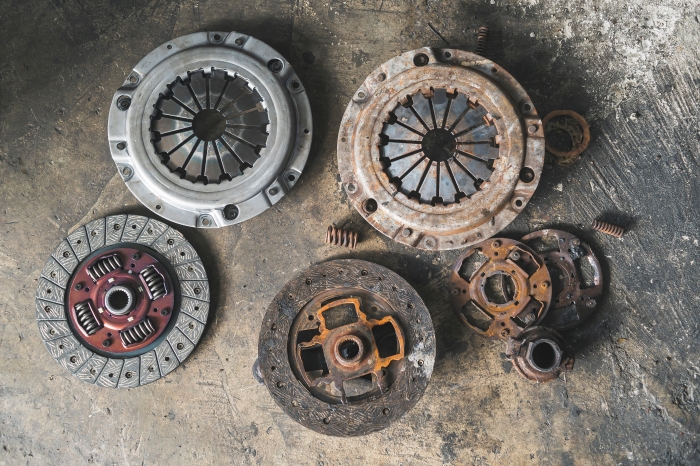
Now that we have learnt more about friction, let's try some practice questions.

